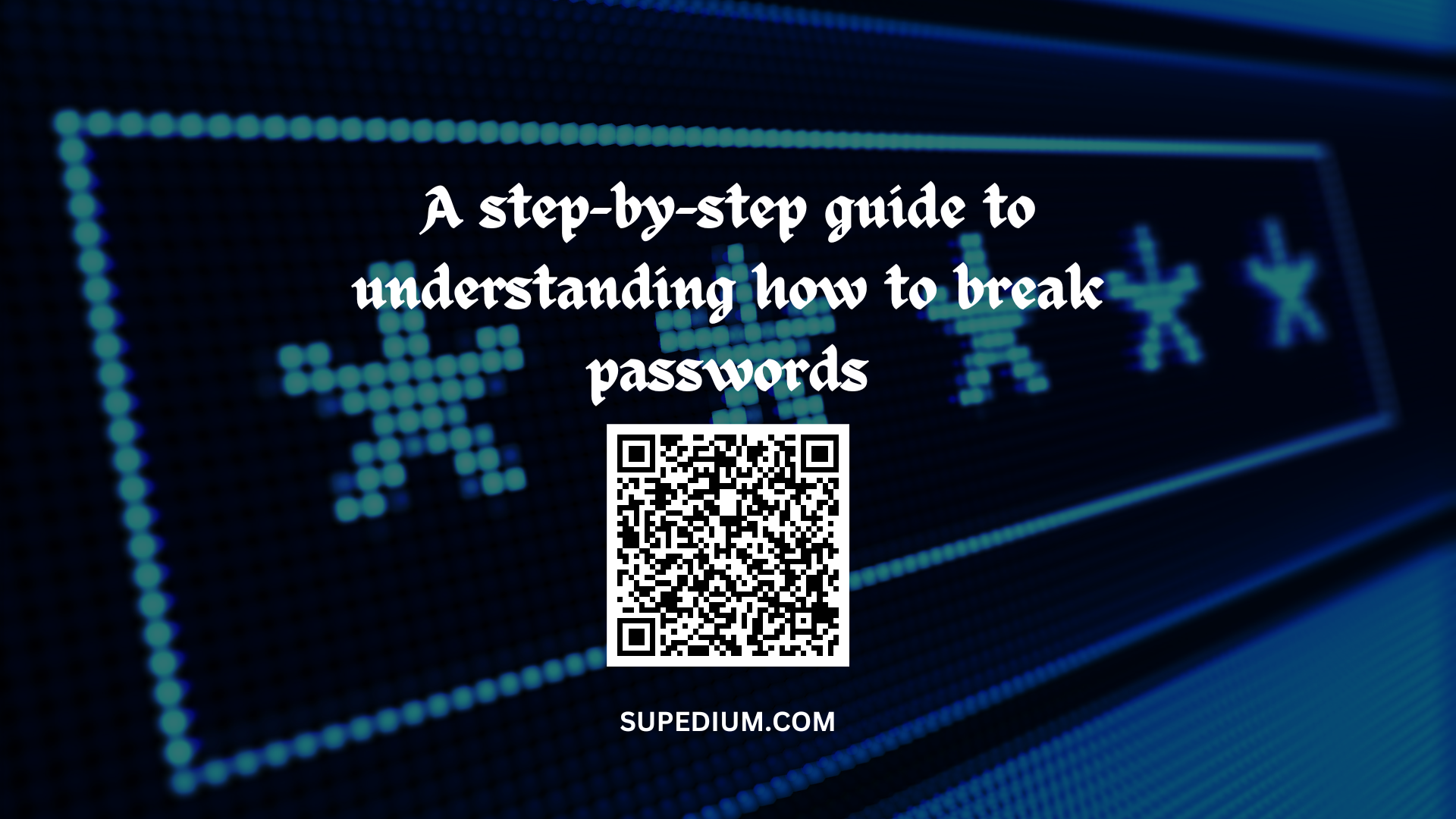Table of Contents
![]()
Cracking passwords is frequently mentioned as one of the most common types of cyberattacks and for good reason. Passwords are notoriously difficult to crack. However, what exactly is meant by “cracking a password,” and how does this process take place? In this article, we will take a step-by-step look at how hackers crack passwords, as well as at what you can do to protect yourself from their attacks.
Where Can You Find Your Passwords?
Let’s take a quick look at how passwords are stored before we get into the actual process of cracking passwords. You will be prompted to select a password whenever you create an account on a website or other digital platform. After that, the server will save this password in a database on the server. On the other hand, for reasons of safety, the password is not stored in its original text format.
Hashing passwords is the standard practice these days. The password is hashed, which is a process that converts it into a one-of-a-kind string of characters that cannot be easily decoded back into the original password. When you log in using your password, the system will hash your password once more and then compare it to the hash that was previously saved in the database. If the hashes are identical, you will be granted access.
When you hack passwords, you are hacking hashes.
Let’s examine the methods that hackers use to decipher passwords now that we have a better understanding of how passwords are stored. Obtaining access to the password hash is the first step in the process of cracking a password. This can be accomplished through a variety of methods, such as taking advantage of flaws in the system or employing social engineering to deceive a user into divulging their password. Both of these methods are viable options.
After a hacker has the password hash in their possession, the next step is to crack the password. However, because hashes cannot be unhashed, it will not be possible for the hacker to simply “un-hash” the password to see the original text. They resort to a method known as a brute force instead of using traditional methods.
Attacks with Unrelenting Force
In a brute-force attack, the hacker generates every possible combination of characters in an attempt to find a hash that corresponds to the generated combination. For instance, if the password is “password123,” the hacker would generate a hash for “a,” “b,” “c,” and so on until they finally generate a hash that matches the one that is stored in the database. This process would continue until the hacker successfully cracked the password.
The brute-force attack is a time-consuming process that, depending on the difficulty of the password, can take hours, days, or even weeks to complete. The length of time needed to complete the attack also varies. Hackers can speed up the process by utilizing powerful computers or even by building their custom-made specialized systems designed specifically for password cracking.
Attacks on the Dictionary
A dictionary attack is a different kind of attack that is used to crack passwords. An example of a dictionary attack is when a hacker generates hashes from a list of commonly used passwords or words from the dictionary. If the password is “password123,” for instance, the hacker might try “password,” “123,” “password123,” and other common variations of the password.
Dictionary attacks are typically more successful than brute-force attacks because many people use passwords that are straightforward to guess. A dictionary attack, on the other hand, will not be successful if the user has selected a complicated password that is not found in the dictionary.
How to Protect Yourself From People Cracking Your Password
Now that we have a basic understanding of how a password can be cracked, let’s go over some ways that you can protect yourself. Selecting a robust and convoluted password is the single most important action you can take. You should try to avoid using words found in dictionaries and instead use a combination of uppercase and lowercase letters, numbers, and symbols.
In addition, two-factor authentication should be utilized whenever it is feasible. To implement two-factor authentication, a user must have both a password and another form of identification, such as a one-time code sent via text message or a biometric scan. Hackers will have a much tougher time gaining access to your accounts as a result of this additional security measure, which adds another layer of protection.
Last but not least, make sure all of your software and systems have the most recent security patches installed. Many attempts to crack passwords are successful because software vulnerabilities have not been patched. These vulnerabilities allow passwords to be cracked. You can lessen the likelihood of a successful attack by ensuring that your software is always up to date.
Conclusion
Cracking passwords poses a significant risk to the safety of your online accounts. Using multi-factor authentication (MFA), which requires additional authentication factors in addition to a password, such as a fingerprint, a smart card, or a one-time code generated by an app or sent via SMS, is one method by which the risk of password cracking attacks can be mitigated. MFA is an acronym for “multi-factor authentication.”
In general, cracking passwords is a serious risk that should not be taken lightly and should not be ignored. Utilizing robust password hashing algorithms and restricting access to the password database are two steps that businesses ought to take to strengthen the protection of their stored passwords. Users ought to be made aware of the significance of employing difficult passwords and avoiding the practice of reusing the same password for several different accounts.
In conclusion, password cracking is a complicated topic that requires knowledge of the characteristics of password hashing, the methods that are used to crack passwords, and the tools that are used to crack passwords. Organizations can reduce their vulnerability to password cracking attacks by implementing stringent security measures such as multi-factor authentication (MFA) and robust password hashing algorithms. Individuals should also make it a priority to take responsibility for the security of their passwords by employing difficult passwords and avoiding the practice of reusing the same password for multiple accounts.
Test Your Understanding ✍️






Be the first to comment